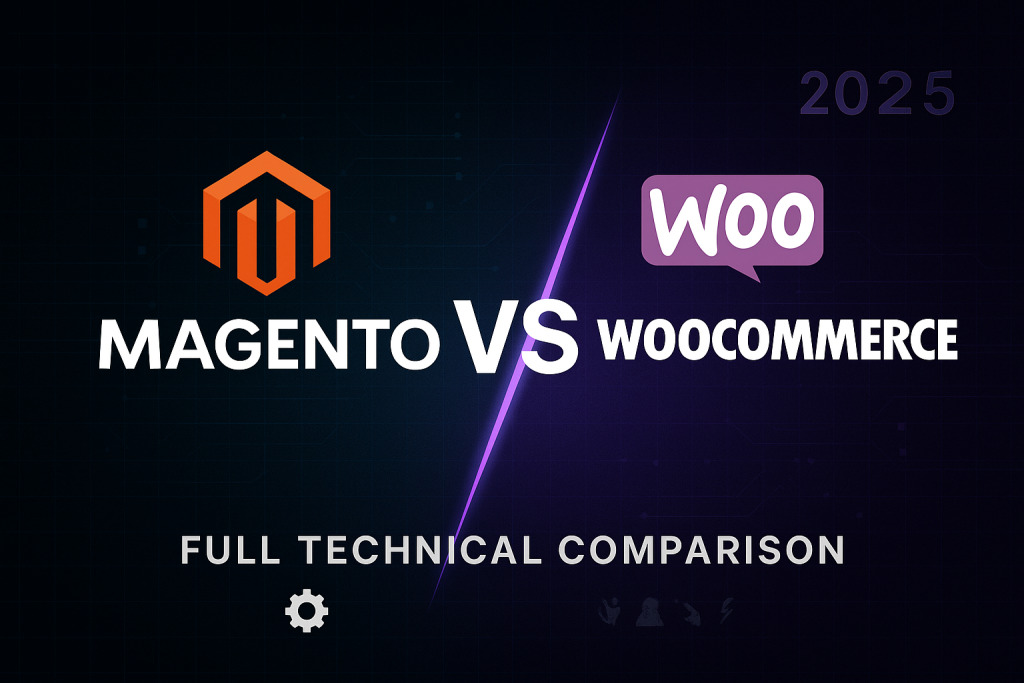Both Magento and WooCommerce remain industry favorites, but they serve different goals:
- Magento – built for scalability, custom workflows, and enterprise logic.
- WooCommerce – built for simplicity, fast setup, and seamless WordPress integration.
In our latest E-commerce Platform Wars 2025 episode, we share a full technical comparison covering:
✅ Architecture and performance
✅ Cost of ownership
✅ Customization and developer control
✅ Security and scalability
If you’re choosing a PHP e-commerce solution this year, this article will help you decide based on how far you plan to grow.
👉Read more here: https://skynix.co/resources/magento-vs-woocommerce-full-technical-comparison

